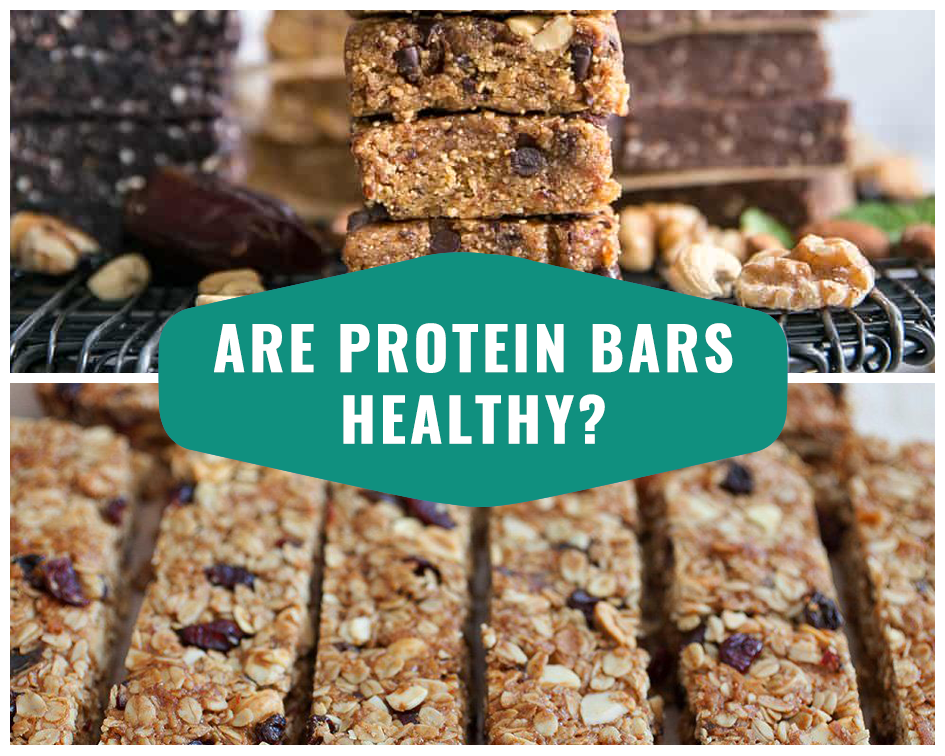Your Cart is Empty
shop

Are Protein Bars Healthy?
July 22, 2020 2 min read
Are Protein Bars Healthy?
I don't know if you’ve noticed but the protein bar market has exploded. They are everywhere in an assortment of flavors, from a variety of different brands. You can find them almost anywhere, from your local supermarkets and convenience stores to the sketchy looking gas stations in the middle of nowhere. You'll see the usual marketing lingo that's like “Organic”, “All Natural!”, “Packed with protein!”, “Gluten-Free!” etc…, but could it be a product that looks much healthier than it is in reality?
Protein bars have become increasingly popular especially among people who are trying to implement healthy eating habits into their busy lifestyles. However, not all bars are created equal. Some bars state they are protein bars on their packaging, but the truth is that they contain less protein than carbohydrates and have more in common with candy bars.It is important that you check the nutritional value on the back of the packaging and not fall for unsavory marketing tactics.
Here are 6 tips for you to aid you in making a better selection:
Healthier Protein Bars...
1. Contains less than 10 g of carbohydrates per serving
Avoid protein bars that carbohydrate content is more than twice higher to the content of protein.
2. Contains 10g of protein or more
If you consume a protein bar to supplement protein, you need to take at least 10g of protein per serving, ideally more.
3. Contains 400 calories or less
if a protein bar has more than 400 calories, it is no longer a healthy diet replacement
4. Contain less than 15g of Sugar
Natural sugars provide nutrients, added sugar does not, so pay close attention to the source when you are making your decision.
5. Contains Healthy Fats and less Than 3 g of Saturated Fats
you should avoid vegetable oils such as soy, rapeseed, palm, sunflower, linseed and sesame oil.Fats in the form of coconut oil, nuts or nut butter and seeds like chia are significantly healthier
6. Contains at least 3 g fiber
Fiber supports the digestive system, lowers cholesterol level and helps with weight reduction.
Bonus Tip
When checking ingredients, subtract total protein and fiber content from carbohydrates. If your result is a number smaller than 10, it is probably a good protein bar.
Example: Protein bar contains26g Carbs, 18g Protein, 6g Fibre
18g (P) + 6g (F) = 24
26g (C) - 24g = 2
Result is under 10 so it's considered a good protein bar
Overall these are great tips to start with to help you navigate through the choices but, further investigation into the ingredients is highly recommended. This is a lengthy discussion for another time but the general rule is the fewer ingredients the protein bar contains, the better. You should, therefore, avoid protein bars containing too many chemical ingredients that you cannot even pronounce.
In conclusion, GOOD protein bars can be a healthy protein supplementation for your dietary needs.
Sign up for our mailing list
STAY IN THE LOOP
Become a Sports Wholesale Supply Insider and we'll keep you up-to-date with the latest news.








